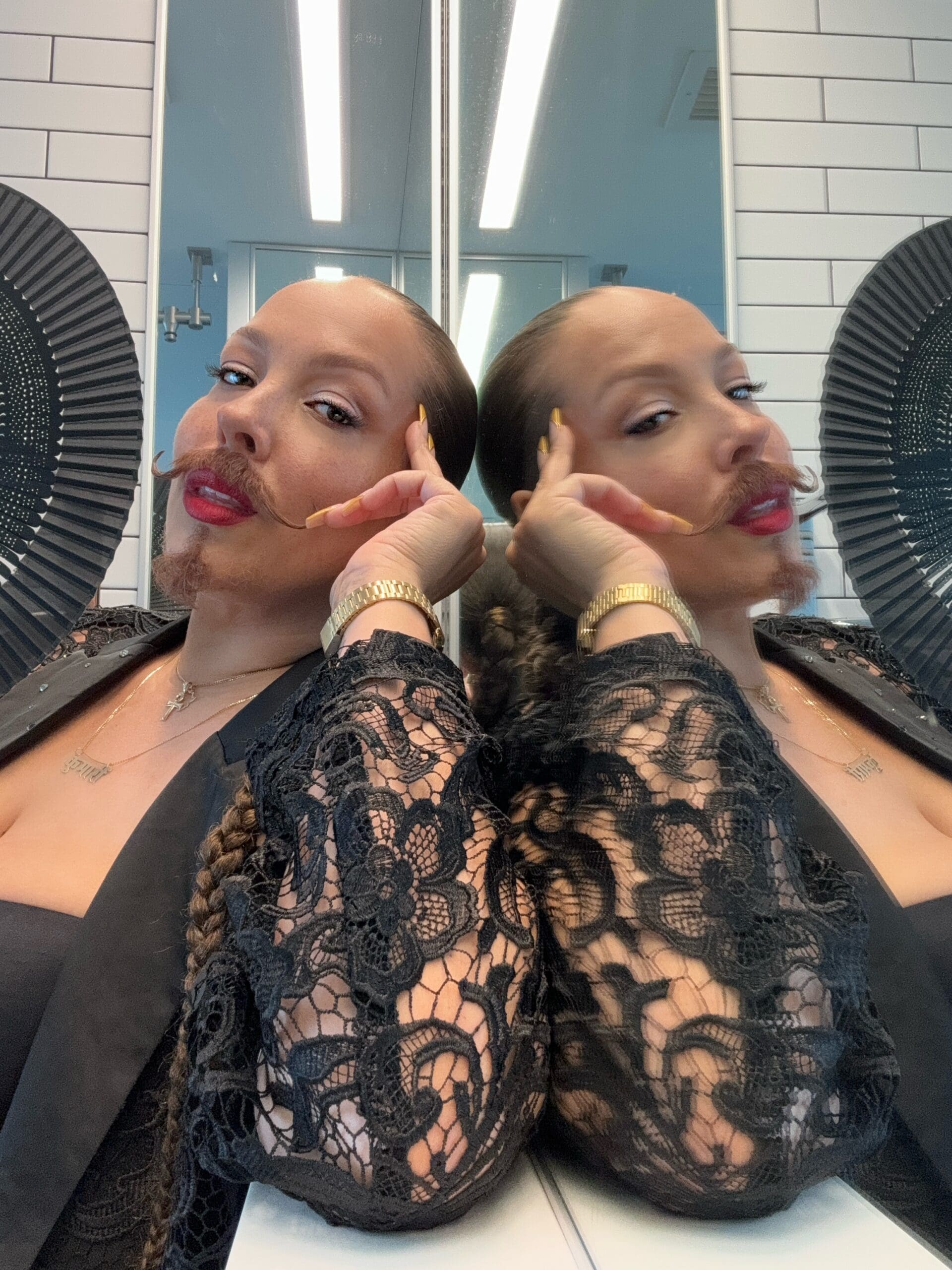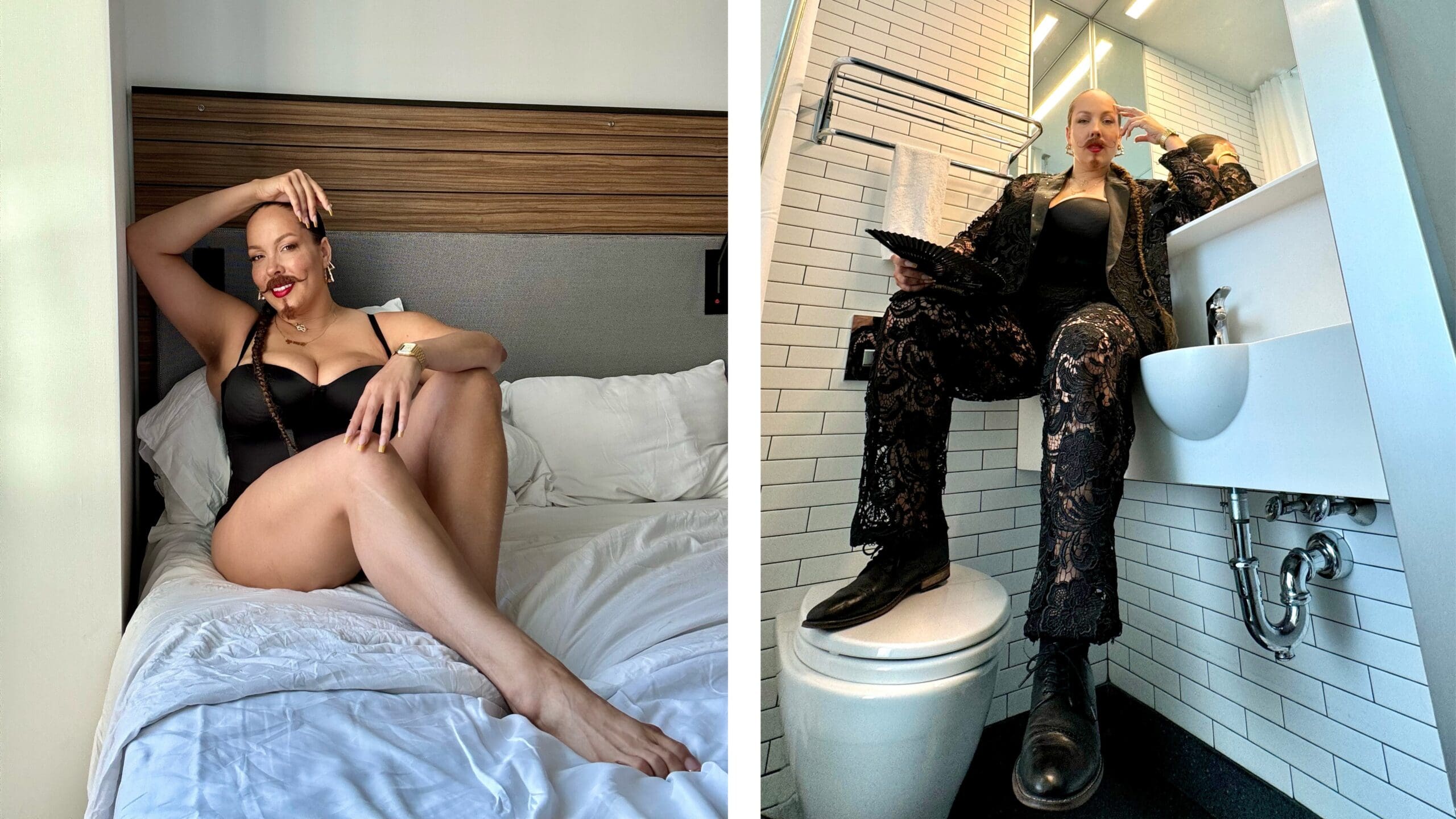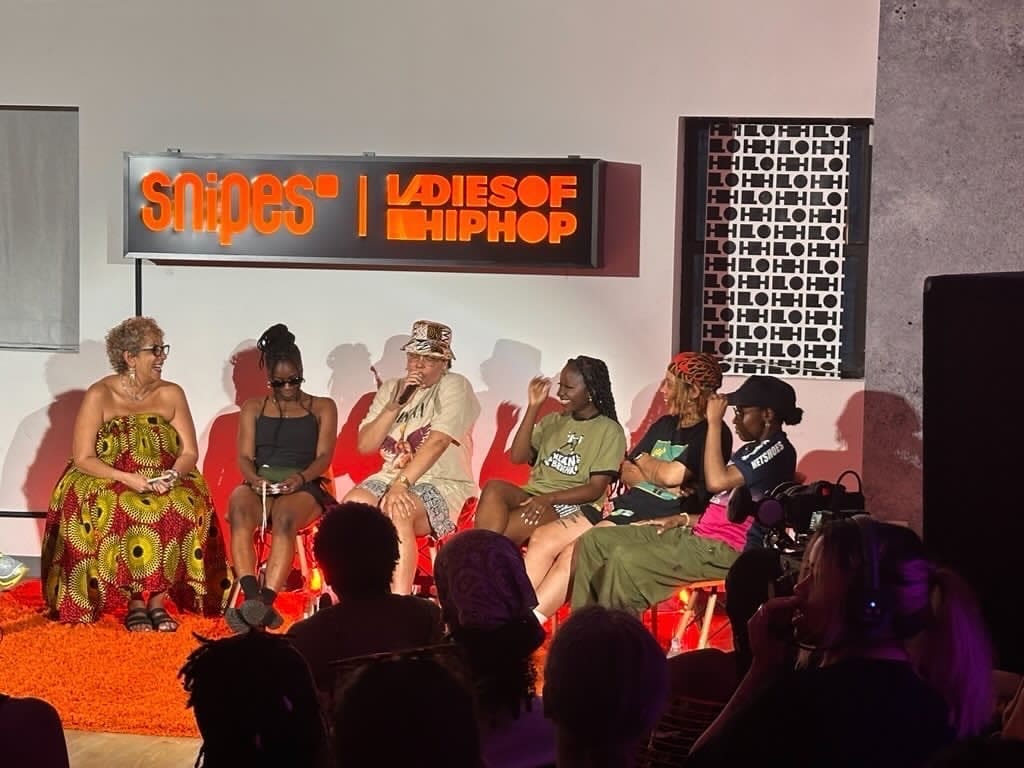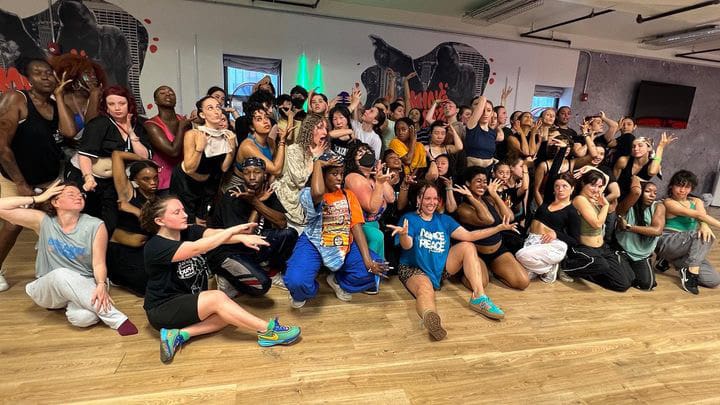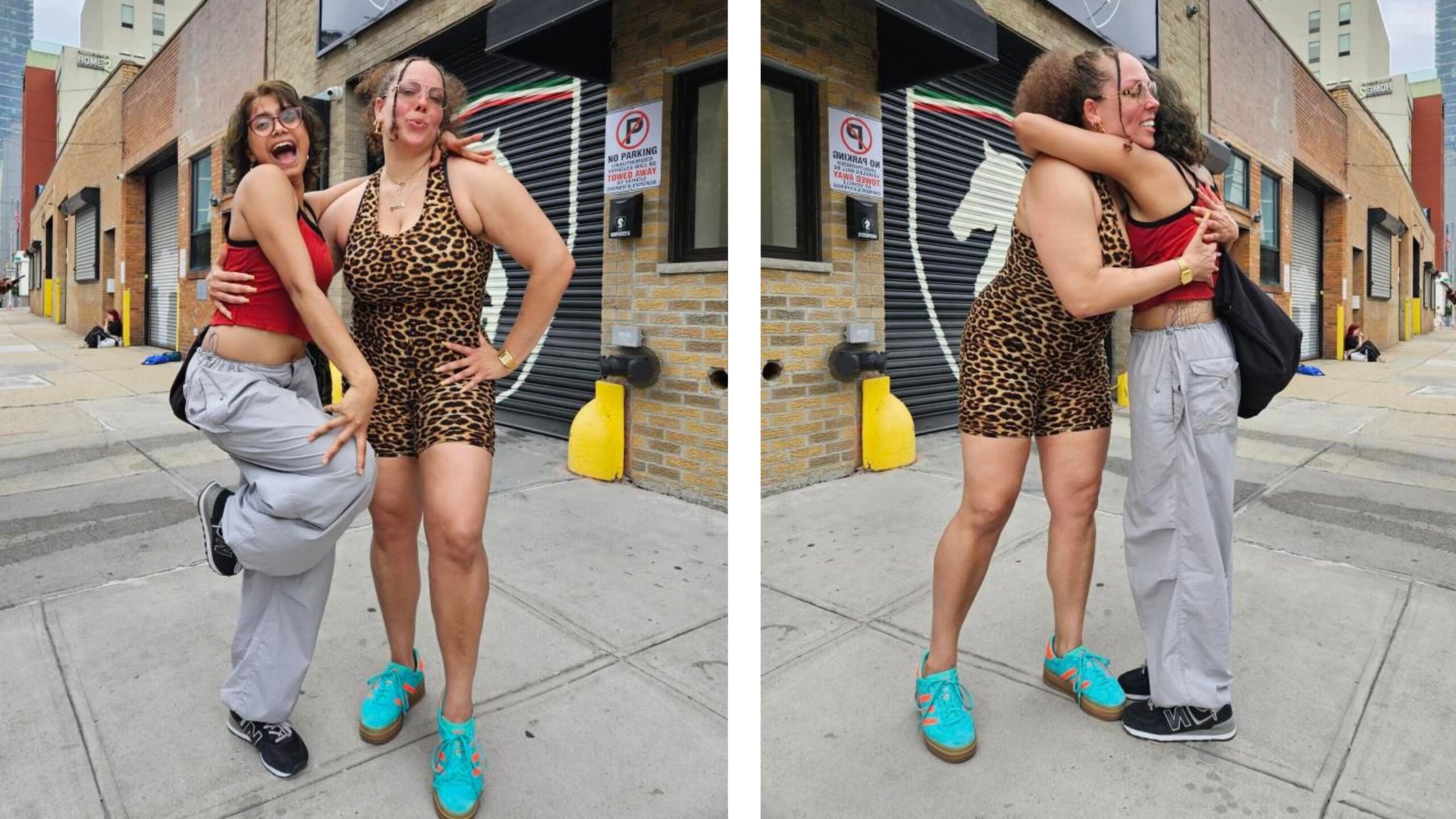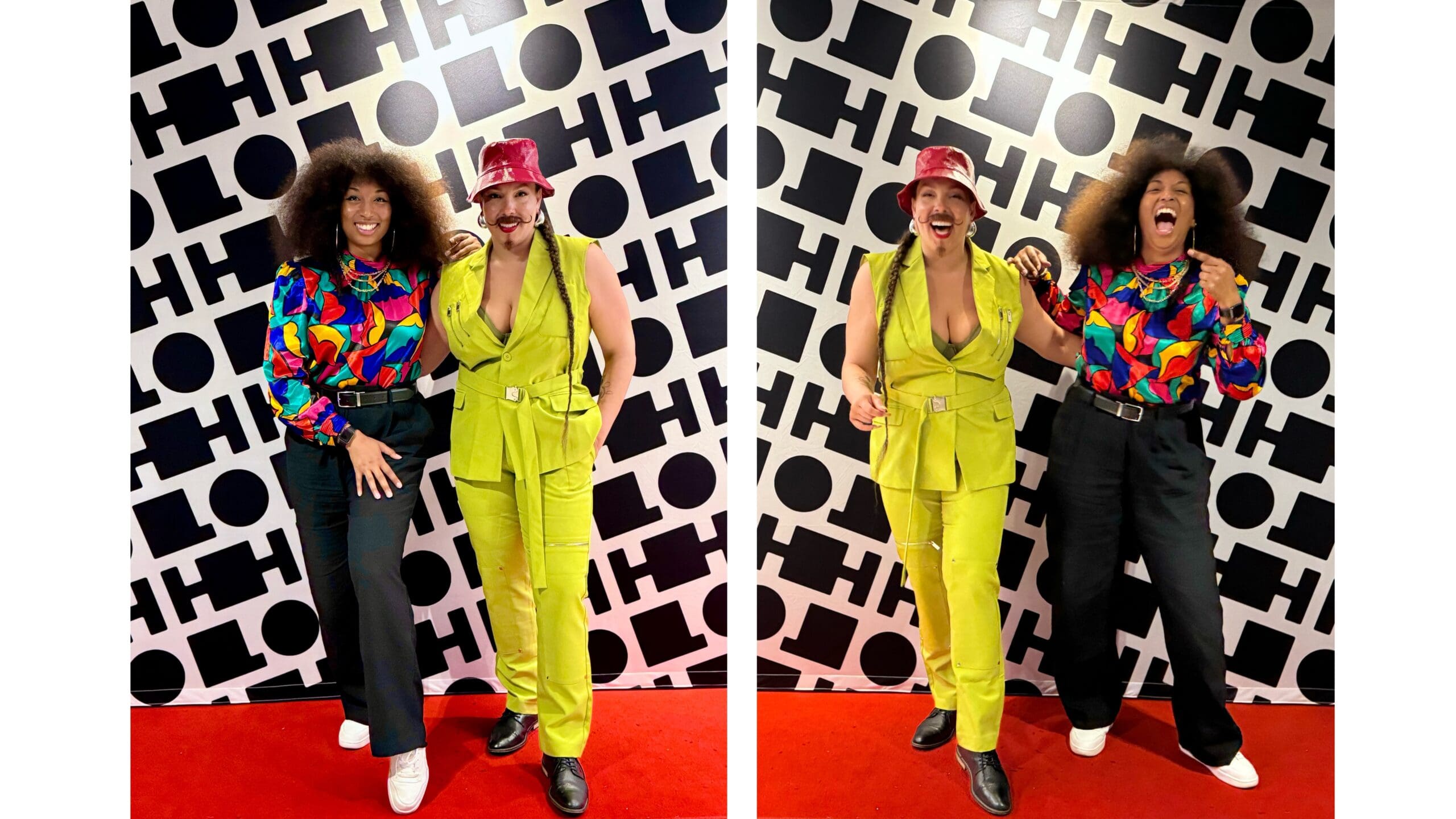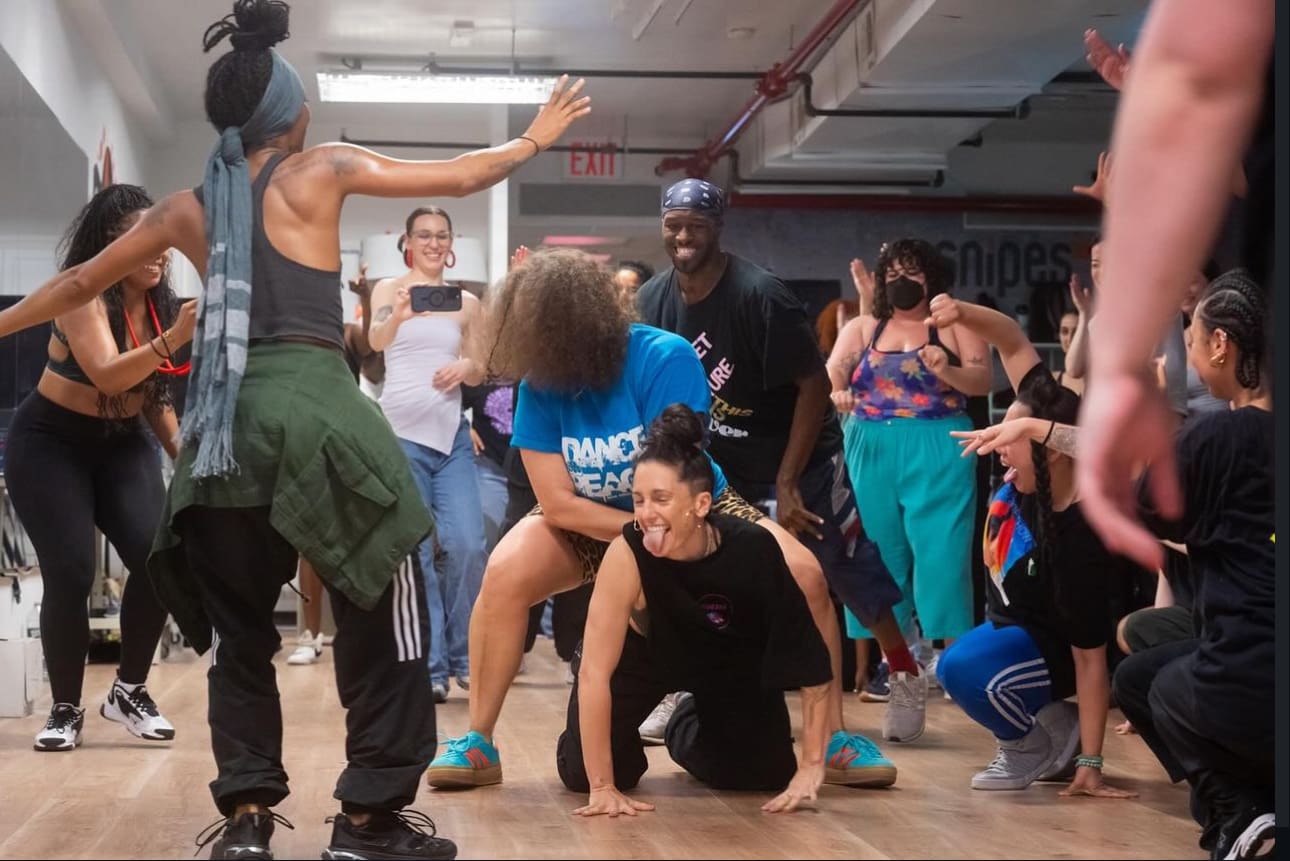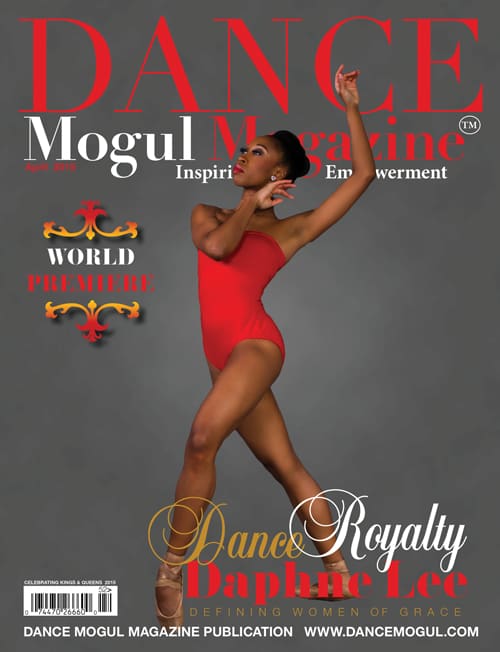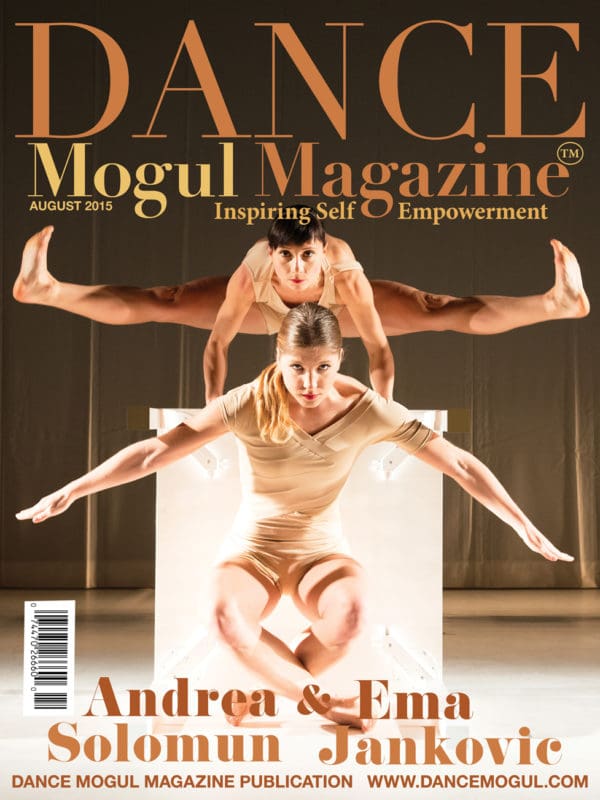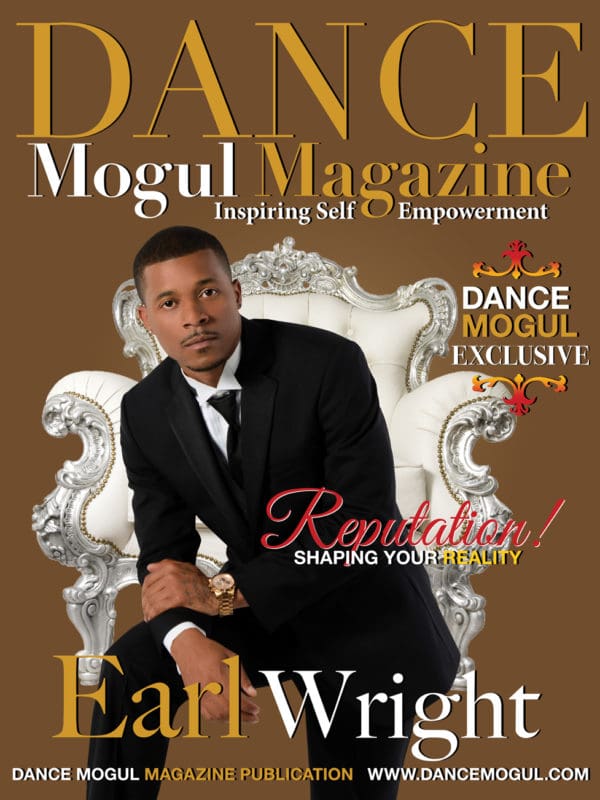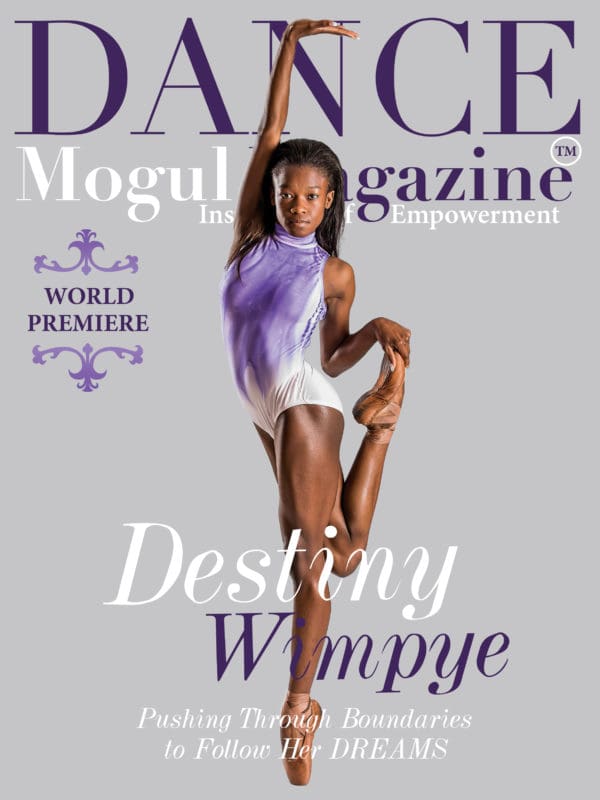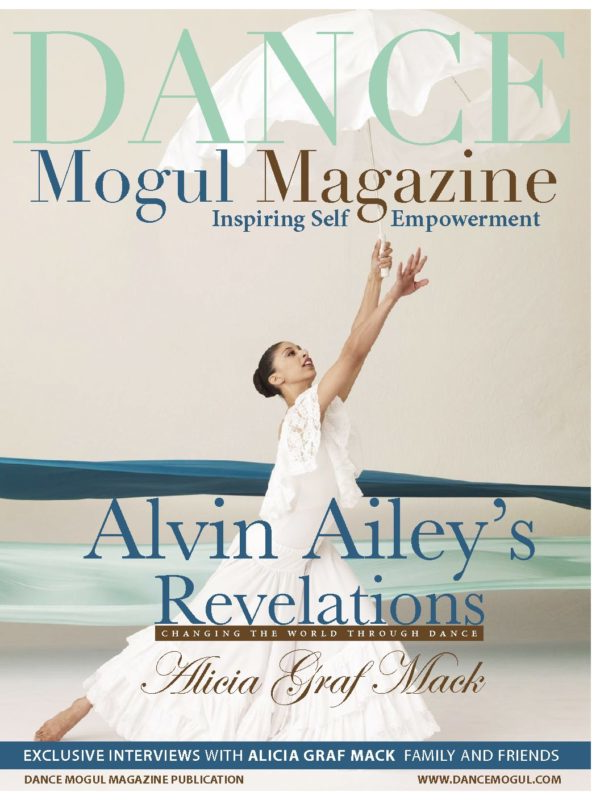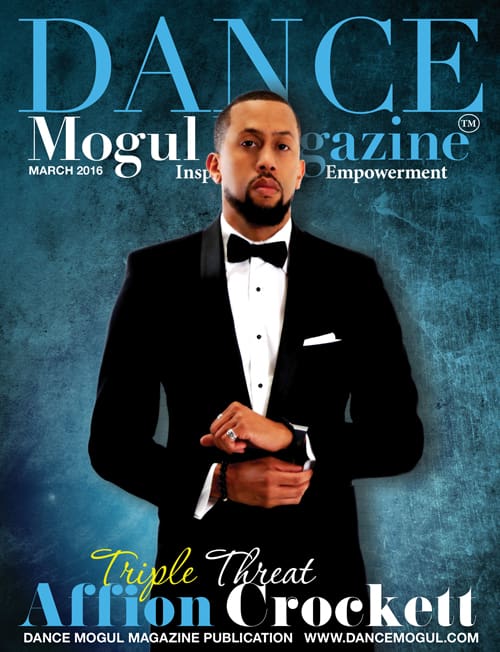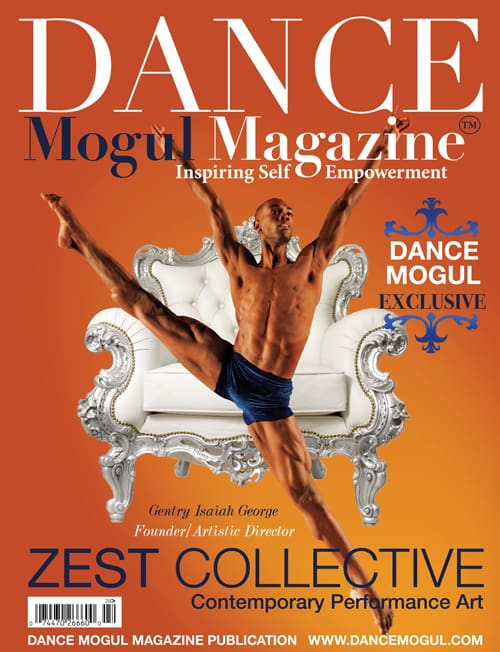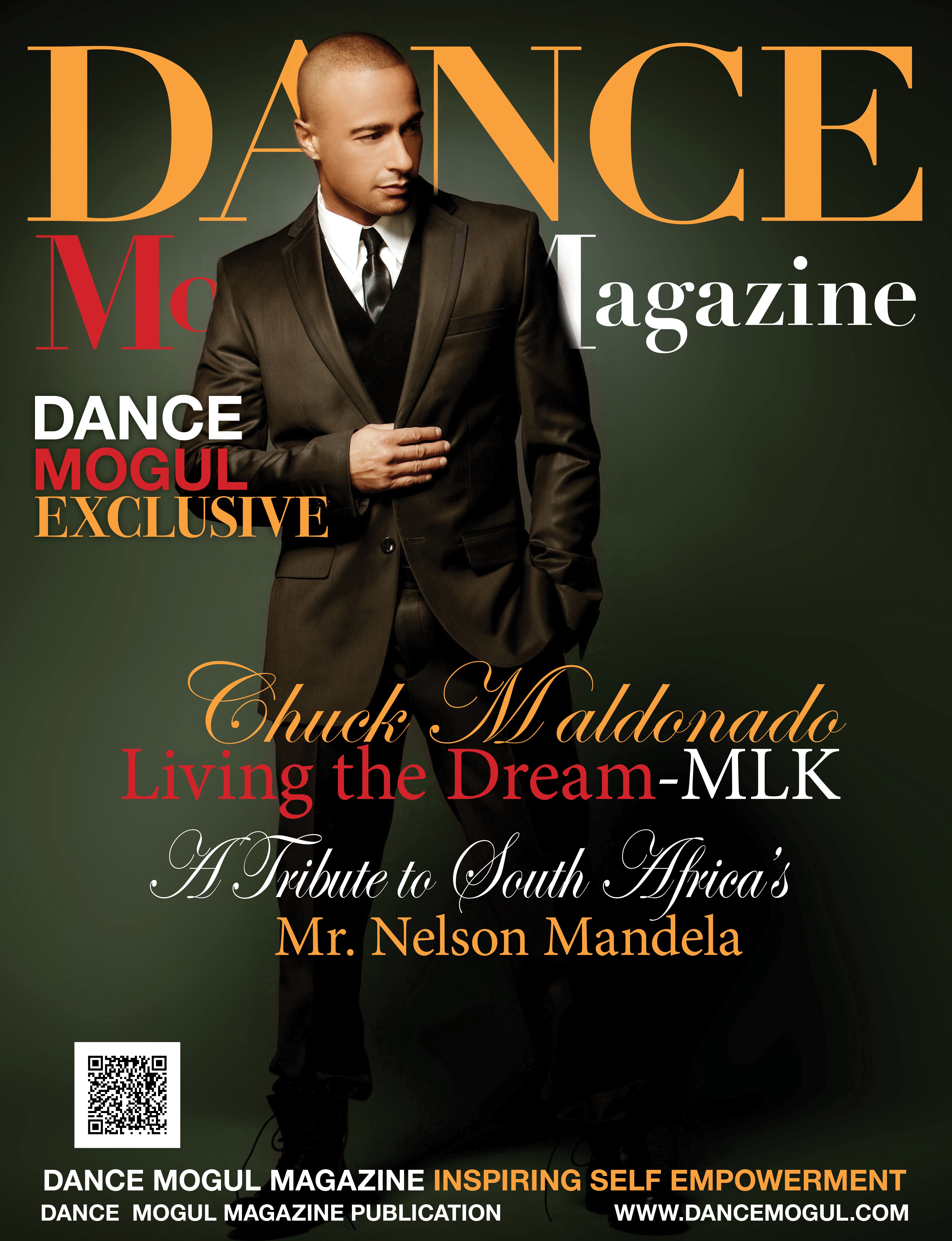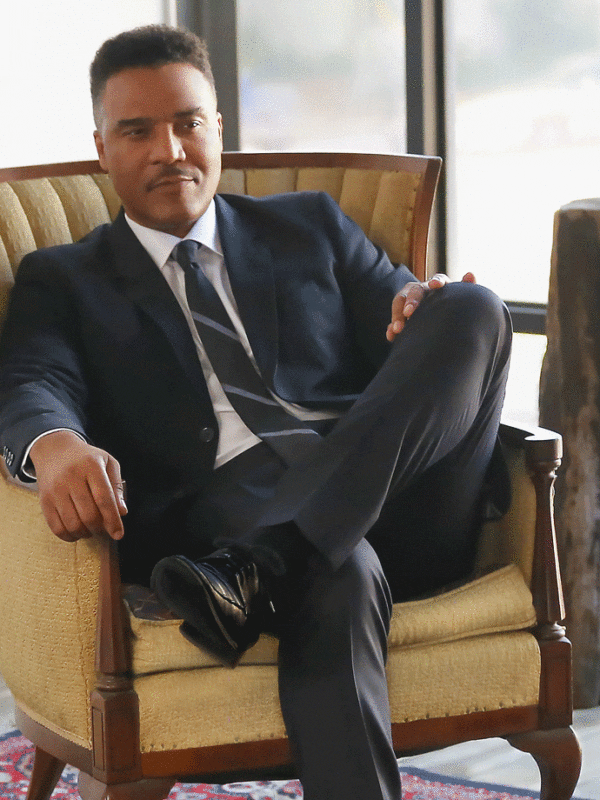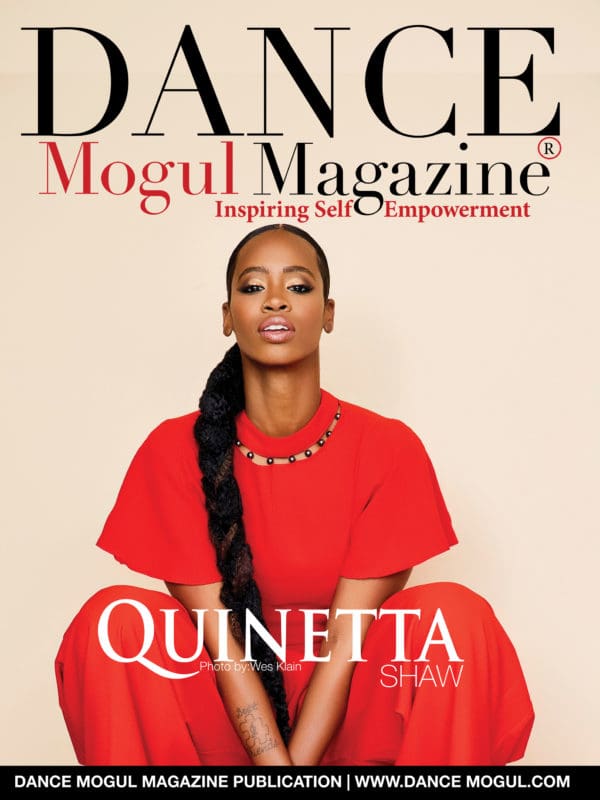Dance Mogul Exclusive Feature…
Dance, particularly the LGBTQ+ originating form called, Waacking, acts as a transformative path of self-discovery and identity. It involves shedding layers, pushing boundaries, and defying societal norms, embracing trials and errors to discover genuine liberation.
Carving out their liberation through expressive movement that solidifies their multi-ethnic cultural identity, sexual orientation and non-binary gender identity; is something Kumari Suraj (they/them/theirs) attributes to a lifetime of dance exploration. Particularly the past 21 years they’ve spent pioneering queer dances like Waacking and safe spaces like ballroom for women, femmes, people of color, and the LGBTQ+ community to flourish in over 43 countries.
In the realm of dance, mainstream representation often falls short when it comes to showcasing the diverse talents of non-binary (enby) artists. Figures like Kumari Suraj have been pioneering a path that not only challenges traditional gender norms but also creates gender-affirming representations that resonate with individuals across the world.
One prevalent issue is the unequal access to dance opportunities based on assigned gender at birth (AMAB – assigned male at birth vs. AFAB – assigned female at birth). This disparity can limit the visibility and recognition of non-binary AFAB artists, hindering their ability to fully express themselves and share their unique perspectives through dance. Despite the challenges, artists like Kumari Suraj have been breaking these barriers and asserting their presence in the dance world ferociously.
The significance of gender-affirming visibility for artistic declarations cannot be understated, especially within the queer community. These spaces serve as a sanctuary where individuals are free to walk in their identities without fear of judgment or discrimination. It is within these spaces that non-binary artists like Kumari Suraj are able to thrive and create art that is not only visually captivating but also deeply personal and reflective of their lived experiences.
Kumari Suraj’s innovation of “Frankie Douglas” style along with their world famous Bollywaack, in 2008, marked a pivotal moment in their artistic journey that mirrored their lived experiences. Bollywaack was a way for Kumari to explore and connect with their South Asian roots. While the former was a return to their hiphop foundation and their Caribbean roots. At a time when the terms “non-binary” or “gender-non-conforming” were not widely understood or embraced, Frankie Douglas style was Kumari’s way of exploring their Non-binary identity through dance, without having the words to express it. Dance was the language and their cocoon of evolution. They embarked on a journey of self-transformation by blending diverse dance forms to achieve a balance between embodying a spiritually masculine center while navigating perceptions associated with presenting as femme. All of this done by embracing the fluid interplay between the two gender identities.
Drawing inspiration from their tomboy expression while part of their all female Los Angeles-based dance crew, The Jungle Jills, Kumari combined the elevated essence of Waacking – a queer vintage Disco dance originating from the Los Angeles LGBT scene – with the energetic and masculine elements of Hip-Hop, a street dance from New York City.
Pulling from their Afro-Caribbean heritage, adolescent African dance training and years living in South Africa, Kumari’s, Frankie Douglas, choreography is heavily influenced by dances like Dancehall and Soca, alongside traditional West or South African movement, infused with Waacking. Some people think “Afro-Waack” is new, but it’s not. It’s been here since 2008. Kumari’s version of it being shared under a different name. This Frankie Douglas style fusion seamlessly integrates the rhythmic grounded grooves of these Black cultural styles into the lower body, while the upper body retains the sharp, intense and very queer arm movements characteristic of Waacking. If you’ve ever taken their class, the poly-rhythms are insane.
As Kumari continued to evolve as an artist, their exploration of queer movement and cultural backgrounds shaped the narrative of the Frankie Douglas style; bringing forth a powerful blend of movement vocabulary that reflected their heritage, GNC identity, and artistic exploration in one. Their distinctive cultivation of dance inspires multi-ethnic “third culture kids” and gender-diverse audiences globally, being both admired and replicated by thousands since 2008. Today, Kumari’s legacy lives on through artists they’ve developed and younger generations movers.
As a recent guest judge, panelist and masterclass instructor for the Ladies of Hip-Hop 20th anniversary festival, July 2024, in New York City; Kumari’s presence inspired more queer women and AFAB enby (non-binary and gender non-conforming) people to express how vital it was to witness Kumari’s representation in person.
Astha Kundu (They/Them), Philadelphia
“When I first saw Kumari Saraj on TV, I had been watching the same show (Dance Plus) for years. But something about the way their group displayed femininity and rage at the same time attracted me. I wanted to learn to dance like them and be a part of their group. Growing up in Bangladesh and not having representation when it comes to my queer identity was very common. But seeing a Non-Binary person such as Kumari Suraj on TV, being they’re authentic self and sharing their art with the world inspired me to embrace my queerness anyway I could. Now that I am older and proudly wear the Non-Binary Lesbian pin everywhere I go, I can truly say, seeing even the tiniest bit of representation on a big screen was like taking a peek into the future.”
Rochelle Underdue (She/Her) Jacksonville, Florida
“I thank you Kumari, for being you, a representation for queer mixed folks to live authentically. Kumari being themselves helps me be myself. I have always been a natural mover. I didn’t really get exposed to dance culture until I moved to Jacksonville, Florida. Often, I was the only person interested in Waacking Vogue and House outside of Hip-Hop here in Jacksonville. It was really hard to find a representation that fit me as a mixed queer woman. When I came across Kumari’s work I felt like I found somebody that fit my personal mold. The way Kumari was able to fuse Hip Hop and Whacking felt like I was given divine permission to speak this language.
Although,yes, it does require one to know the cultural history and foundation of a style; seeing an example of how we can articulate our artistry and the creativity we possess but are sometimes too afraid to activate, was so impactful. The way Kumari fuses their style affirms me as an artist.
Sometimes it’s really hard to see yourself in reflection or observation where you’re at. But, when I stepped outside my pond into bigger oceans, seeing Kumari helped me to see my potential beyond where I’m at. You have to see yourself further ahead or in a different light. Kumari has played a huge role in many people’s lives for the development of their identities. Whether it’s through their pronouns, through artistry, through ethnicity and culture; Kumari’s existence has and still is helping people develop the language to translate who they want to be authentically.
Kumari represents AFAB non-binaries and I present myself as a queer woman. However, going to New York for the Ladies of Hip-Hop 20th anniversary has impacted me in a way that demands a new divine permission granted for me to be exactly who I’m supposed to be. I have spent many of my years figuring out how to fit certain modes as a mixed queer person while not tipping the scale. Playing it safe. Even though I wanted to be the one to flip the tables and just radically uplift. I’ve always been that person. People will try to make you feel awkward for being that person. Going to New York has liberated my soul in a way that, I know, I can’t continue to be who I was before going to the Ladies of Hip-Hop 20th Anniversary festival. I was inspired by every single guest artist they brought in.
Taking Kumari’s class I felt so affirmed and seen as a person, as a creative, as a being as a member of the community. The movement in the masterclass just felt really good on my body. Honey I feel like, wow God, I’ve been following this person for a long time! I’ve actually used Kumari’s online videos to promote and to advocate for street dance culture, history and even advocating for lgbtq+ people in spaces. Kumari’s online info has created such a pivotal change in my community platform. It goes way beyond religious preference. It goes beyond what societal norms would try to condition us to follow. Kumari alone has helped my dance and my human existence to continue to be uniquely different. Kumari, thank you for never giving up!”
Gender expression and cultural identity plays a crucial role in shaping the artistry of mixed individuals, like Rochelle. Being ethnically ambiguous is threatening to anyone who lives in the cultural norm of mono-racial or binary privilege. This mentality tends to erase or oppress the experiences of multi-racial and gender diverse people which can prove extremely harmful to their mental health. Kumari’s unique perspective as a mixed race enby artist coupled with versatility as a dancer serves them as a vehicle of healing, self-discovery and empowerment.
By embracing their intersecting identities and incorporating it into their art, Kumari Suraj challenges traditional notions of expression in dance heralding a new wave of inclusive and diverse movement vocabulary. A vocabulary that breaks with convention, sparks conversations, and inspires others to embrace their authentic selves unapologetically.
The lack of mainstream representation of AFAB non-binary (enby) dance artists like Kumari Suraj highlights the need for greater all-inclusive diversity in the performing arts. Their influence in creating affirming spaces not only empowers fellow artists but also paves the way for a more accepting “Open-To-All” artistic community worldwide. As we continue to advocate the talents and contributions of multi-ethnic, trans and non-binary artists, we move closer towards a more effervescent and prismatic cultural landscape where all voices are heard, celebrated and personified.
Article by: Anthony Harris | Dance Mogul Magazine
Sold out “Frankie Douglas” masterclass at Ladies of HipHop 20th anniversary
Astha & Kumari – credit LOHH
LOHH Panel photo- credit Jojo Diggs
Rochelle & Kumari on red carpet at LOHH – Credit LOHH
Black suit bathroom photos – Credit Louis Halley II @vidsbylouis
